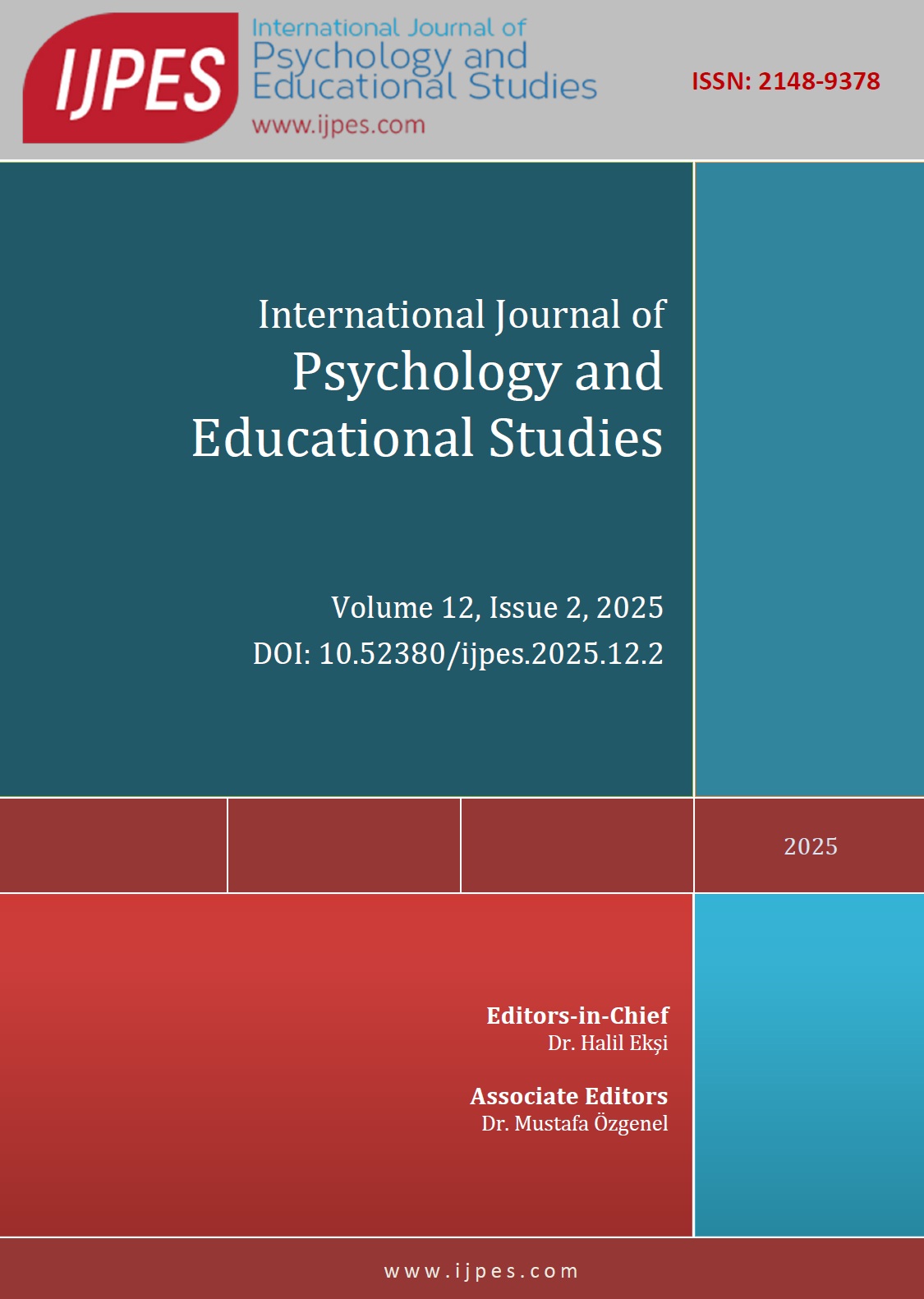Measuring Test Anxiety Using Physiological Markers: A Comparative Study of Multiple-Choice and Open-Ended Tests
DOI:
https://doi.org/10.52380/ijpes.2025.12.2.1392Keywords:
test anxiety, item type, heart rate, variance, measurement and evaluationAbstract
Different types of test items influence students' test anxiety, and physiological measures such as heart rate provide a means of measuring this anxiety. This study aimed to explore the connection between test anxiety and examination item formats. It centered on 20 junior university students in Western Türkiye. The research monitored students' heart rate changes during assessments, encompassing both multiple-choice and open-ended formats. Using a relational survey model, the study focused on statistically significant differences in mean rank scores for students' state and trait-based test anxiety, assessed through the Friedman test. Additionally, it examined heart rate variance, a physiological stress indicator, shedding light on heart rate fluctuations experienced by students during and outside exams. Participants exhibited higher levels of trait test anxiety. Moreover, heart rate changes during multiple-choice items exceeded those during open-ended items. These findings imply that multiple-choice items may trigger elevated anxiety in students, whereas open-ended items may elicit less anxiety, encouraging flexible thinking skills utilization.
Downloads
Published
How to Cite
Issue
Section
License
Copyright (c) 2025 International Journal of Psychology and Educational Studies

This work is licensed under a Creative Commons Attribution-NonCommercial-NoDerivatives 4.0 International License.


